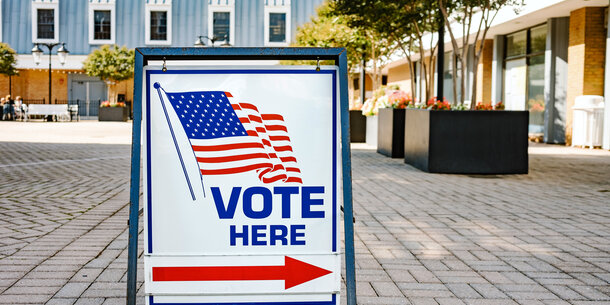In Many States, Gerrymandering Blocks the Abortion Policy the Public Wants
By Sonali Seth and Michael Li
The majority opinion in Dobbs asserts that women need not worry about the impact of the decision on reproductive autonomy because they can turn to the political process and vote out lawmakers who pass abortion restrictions and bans. But the reality is that by failing to rein in partisan gerrymandering and consistently gutting voting rights protections, the Supreme Court has rendered that impossible.
Consider Texas, home to one of the nation’s most restrictive and controversial abortion laws. Partisans there aggressively redrew legislative maps during last year’s redistricting to transform a once competitive state legislature into a safely Republican one. Before, Democrats only needed to win a little more than half the vote to be favored to win control of the Texas House. After brazen redrawing of the maps, they now need to win more than 56.2 percent of the vote to be favored to win even a bare majority. Meanwhile, Republicans only need 43.9 percent for a majority.
Such game rigging to create unaccountable enduring partisan majorities — greenlit by the Supreme Court in 2019 in Rucho v. Common Cause — stands in stark contrast with maps drawn by more neutral bodies.
For instance, in Michigan, the independent commission created by voters converted maps that had been biased in favor of Republicans into ones where both major parties have a reasonable chance to win control. Likewise, in North Carolina, state courts relying on the state constitution threw out maps designed to guarantee Republicans a supermajority and put in place a balanced alternative, making it much less likely that Republicans will be able to override a gubernatorial veto.
Unfortunately, the Supreme Court has abdicated responsibility for making sure that the checks and balances in our democratic system work. It is now up to voters to fight for reforms — at both the state and federal level — to ensure voters can, in fact, make their voices heard when politicians get it wrong.







